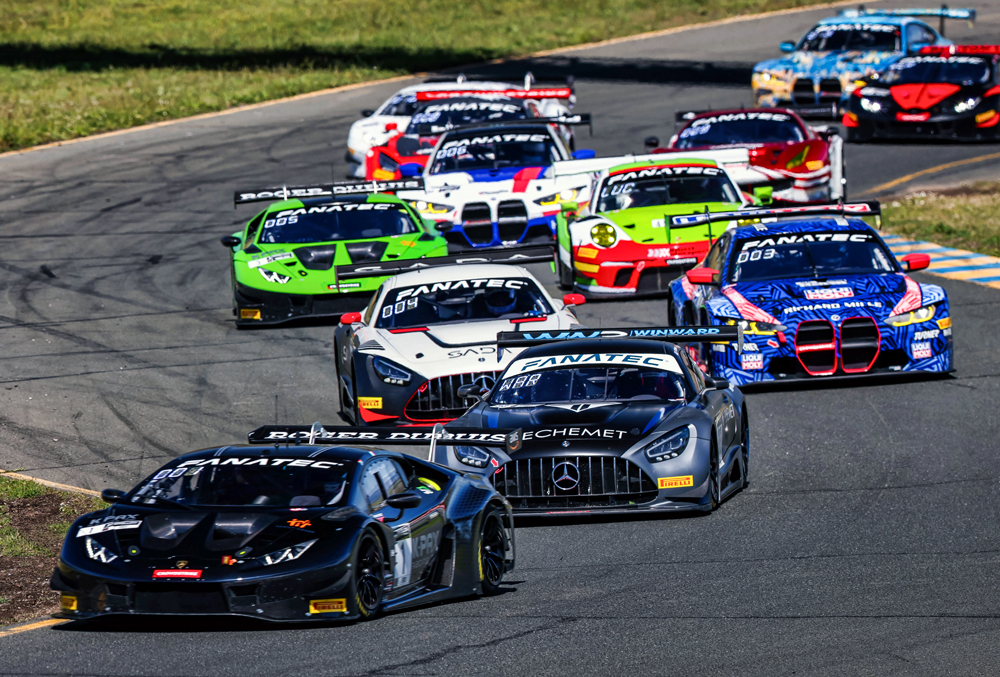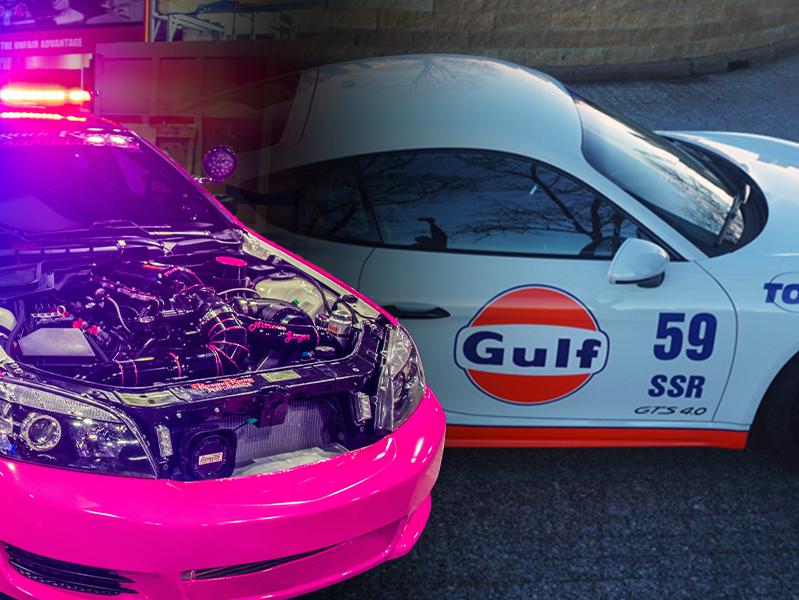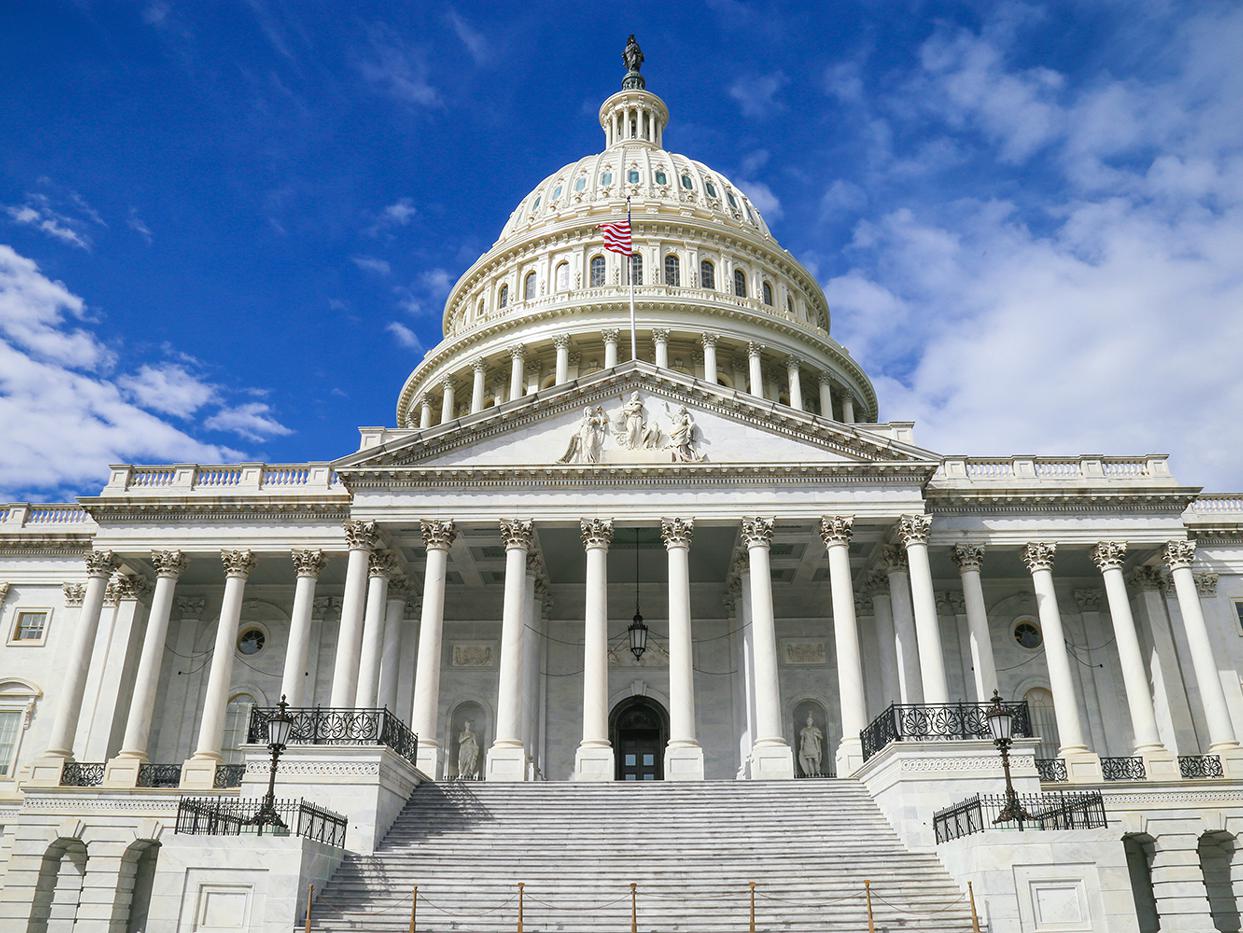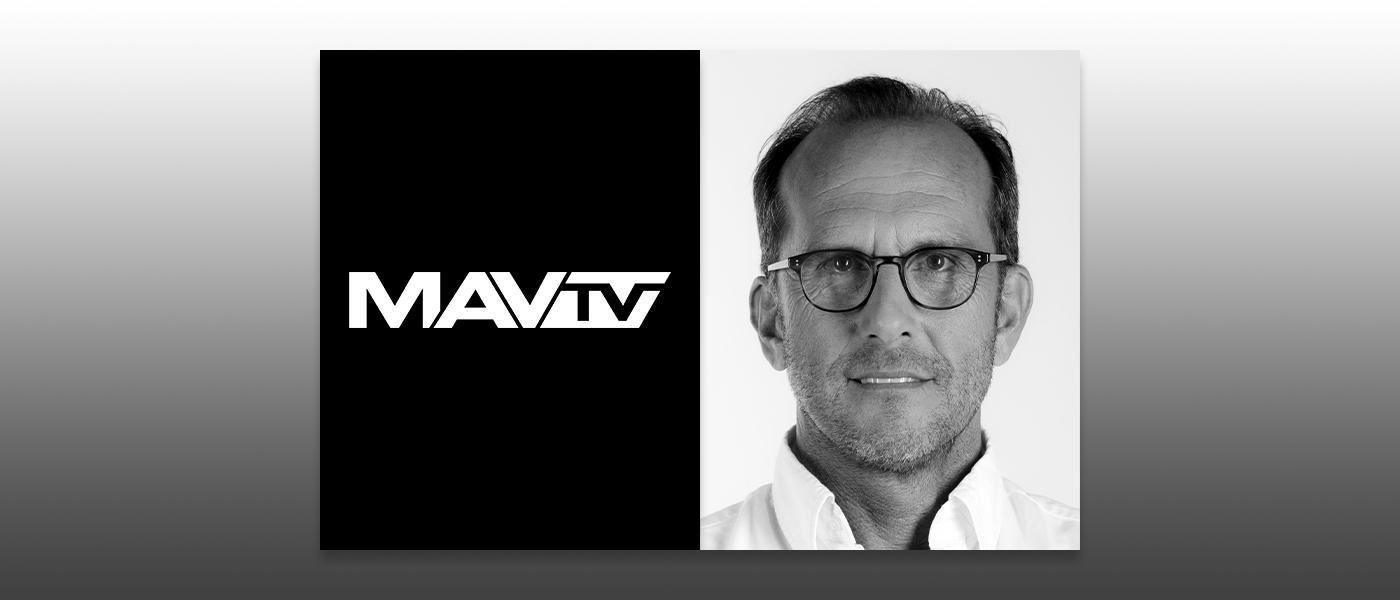Member Check-In: SRO Motorsports Group America

SRO Motorsports Group America joined PRI because “it’s a connection with the core of motorsport in North America,” said President and CEO Greg Gill, at left.
To secure racing’s future, SRO Motorsports Group America President and CEO Greg Gill believes the industry must “start talking to a broader group of people than just ourselves.”
Some racing series make do with a mere handful of manufacturer participants, engine suppliers, or title sponsors. That’s why it’s dizzying to contemplate the welter of corporate partners that SRO Motorsports Group has been managing for the past three decades. Founded in 1995 by Stephane Ratel, SRO Motorsports Group is recognized as the global leader in presenting GT events on road courses, contested by a multitude of household-name automotive brands. In 2022, GT races will be staged under SRO tutelage on five continents, led by the umbrella group’s signature event, the TotalEnergies 24 Hours of Spa in Belgium.
In addition to a heavy overseas presence, buttressed by operations at the SRO Race Centre at Circuit Paul Ricard in France, SRO has a very formidable footprint in North America, led from its headquarters in Austin, Texas. SRO America’s new GT America series, backed by Amazon World Services, debuted last year with single-driver sprints in a pair of timed 40-minute races at each event weekend, with GT3, GT2, and GT4 classes eligible. No fewer than 14 makes of cars compete. Nearly all the same makes also take part in SRO America’s Pirelli GT4 America championship, which adds Saleen and, most recently, the new Lotus Emira GT4 as legal cars, running in Pro-Am, Silver, and Am categories during race weekends.
That’s a ton of competitors, manufacturers, and sponsors to keep happy, yet SRO Motorsports has been doing it for decades with success. “It’s pretty simple,” SRO Motorsports Group America President and CEO Greg Gill explained. “Pirelli is the spec tire for all of our racing series, and in terms of balancing the interests of all of the OEMs, it really comes down to respecting what their platforms are. And, by the same token, keeping it fair. It’s something of a curse word to some people, but it’s about balance of performance. In our case, it’s not only balancing the vehicles through annual testing, but also looking at the facilities where we race and finding the commonalities of those facilities around the world. We have an alphanumerical letter-based system of track rankings. We can use the parameters from those tracks with the vehicle manufacturers to evaluate power-to-weight ratio and the performance dynamics of the vehicle.

“It’s a well-measured system,” he added. “If you measure our GT classes, the top five to top 10 are within a tenth of a second in terms of lap times. That’s what it comes down to. It comes down to the drivers.”
Some of SRO America’s precise evaluation protocols are proprietary, although Gill described the basics. It’s common for SRO America to monitor some 20 channels of vehicle data, in conjunction with the manufacturers, while coming up with its balance-of-performance parameters. “There are literally tens of thousands of data points that you can analyze,” he said. “We’re working with onboard computers and system diagnostics to learn what is the best outcome we can get for a particular track or a particular manufacturer. This vehicle may need more air coming into the engine, another vehicle may need less air in terms of downforce, and another vehicle may need a little more weight, or a little less. It’s a balancing act, quite literally.”
SRO America has a broad presence in road racing, mirroring its parent company’s international footprint. In the United States, the group partners with the United States Auto Club (USAC). According to Gill, competitors often move to SRO America after training with another longtime ally, the Skip Barber Racing School, or transfer out of single-make racing series such as the Lamborghini Super Trofeo, Porsche Carrera Cup, or Ferrari Challenge. Manufacturers in the series run from A (Acura) to T (Toyota), with exotics such as the Bentley Continental GT3 and X-bow track cars from KTM mixed in. The GT4 America series adds Ginetta, McLaren, and Saleen as producers.
“We are customer racing, and we focus on that, and we’re in some ways a 30-year overnight sensation,” Gill said. “We are not pursuing a factory-funded program, which can go in and out of vogue over time. It can change very quickly. We take a view that what’s in the best interest of our customer is to have a stable, predictable area. We saw that in GT4 at Sonoma, where General Motors announced it will now have a fully focused customer-racing program.”
SRO Motorsports’ formula for continued success is simple: Know your customer and make the customer your focus. Look at the customer’s goals: Is he or she a beginner, interested in moving up GT-wise, or does the customer have a specific goal of racing 24 hours at Daytona or Le Mans? “We try to learn that goal and focus on it,” Gill said, noting that SRO can already provide a 24-hour tableau for racers at Spa or 12 hours at Bathurst in Australia. “A customer may want to get involved because they think there’s a branding message and a tie-in to the paddock that’s extremely important to them. You just have to understand what the customer’s ultimate goal is.”
Making that sort of connection with the greater motorsports world propelled SRO America to join PRI. “It’s a connection with the core of motorsport in North America,” Gill explained. Looking forward, Gill sees SRO’s most immediate change as the return of spectators to the post-pandemic paddock. “There’s a whole new group of people that we have to entertain and educate, that doesn’t see this world the way we did even a few years ago.
“The average consumer has no knowledge of saving our race cars,” he said. “What we really want to do about developing those people’s minds about the bigger picture of transportation and mobility—which may include alt fuel—means that we’re going to have to expand our industry a lot more. We have to start talking to a broader group of people than just ourselves.”
 MEMBERSHIP LOGIN
MEMBERSHIP LOGIN JOIN PRI
JOIN PRI


